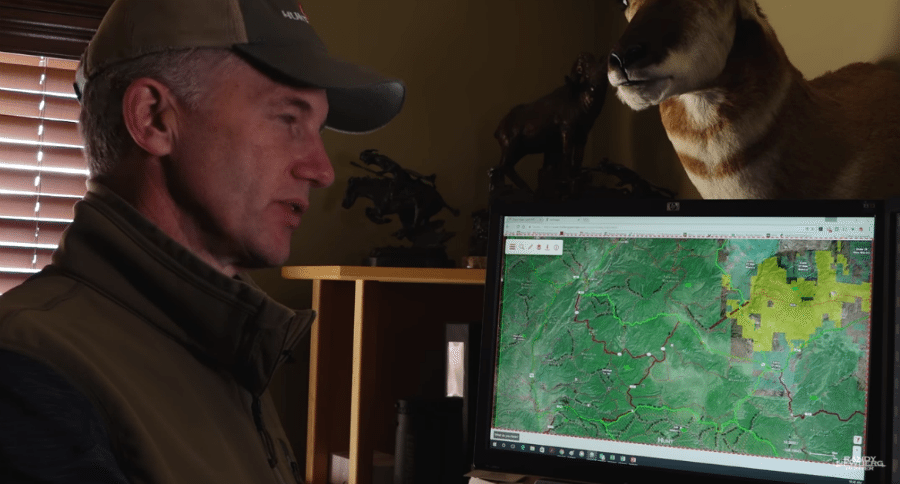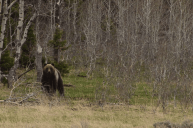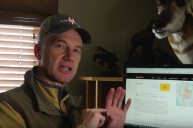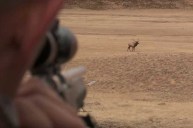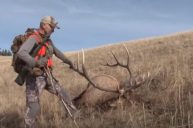Randy Newberg takes you through the process of successfully planning your hunt using online tools in this complete E-scouting tutorial.
Hunting seasons are shorter than many of us would like and our resources are limited, so how do you make the most of your time and prepare before you actually take to the field? In other words, how do you do E-scouting to plan your hunt?
Hunter and Bowtech Ambassador Randy Newberg takes you through the steps he uses to effectively and efficiently plan a hunt using online tools in this four part video series.
Much of what Newberg does really comes down to eliminating unproductive areas and maximize his opportunities to engage in the kind of hunt he desires.
In part one, below, he discusses what online tools he uses and why: onXmaps, goHunt and Google Earth. He takes a very large area - approximately 600 square miles - and cuts it down to somewhere between 100 and 200 square miles. This is step one.
In part two Newberg reduces the area he wants to hunt even more, as well as giving himself some flexibility in the smaller areas he's going to choose to hunt. This way he won't be putting all of his eggs in one basket and will be able to move locations if necessary.
He also factors in what part of the season he's planning on hunting. In this case it's the post-rut period. This decision identifies what elk will be searching for - sanctuary - and influences what areas will be prime for Newberg to exploit.
Part three has Newberg narrowing the locations even further and choosing several specific smaller "hot spots" or, as he refers to them, "spots within a spot."
Remember, he's hunting a post-rut period and so santuary is what is on an elk's - and Newberg's - mind. He shows special interest in burned areas identified on the map, as these spots provide food sources - and water - that happen to be close to sanctuary areas.
And based on the spots he's chosen in this unit, he even plans out, according to the maps, where he will likely park his vehicle and what route he will take when hiking into the area.
Now that he's more or less settled on a plan for this particular "spot within a spot" he performs the same E-scouting process for at least ten other areas. This way he has multiple options should something go sideways on this particular spot (such as other hunters, campers, unexpected ground conditions, lack of elk, etc.).
Finally, in part four, Newberg uses all of the information he's gathered into several tenable locations to actually go into the area(s) for a day-before-the-season on-the-ground scouting expedition. This is very important, because there are a number of things that could occur that might change his initial plan for a specific location.
If, in his scouting trek, he spots a bull that he wants, he camps out on that bull the entire day. He does this with the intention of coming back the following morning, in the dark. He'll get set up to kill that bull at shooting light because it's likely that that bull will still be there for at least opening morning.
After opening morning, after the shooting starts, the elk may well change their behavior patterns. That's where all of the other "spots within a spot" come into play. Newberg takes what he knows of elk behavior and tries to figure out where they might go and how they might react to the impact of hunters in the field, and he picks other locations within his preplanned E-scouting catalog of spots.
This method isn't foolproof. "It doesn't always work," he says. "But it works a lot."
He also emphasizes watching his other videos on the five seasons of elk behavior, available his YouTube Channel. As much as this E-scouting thing is an effective method for planning your hunt, knowledge of elk behavior and biology is just as important.
So plan your hunt and work your plan. Have confidence in your plan and in the knowledge that you've done all that you can do to have a successful and enjoyable season.
Like what you see here? You can read more great articles by David Smith at his facebook page, Stumpjack Outdoors.
NEXT: Field Judging Pronghorn Antelope with Randy Newberg
